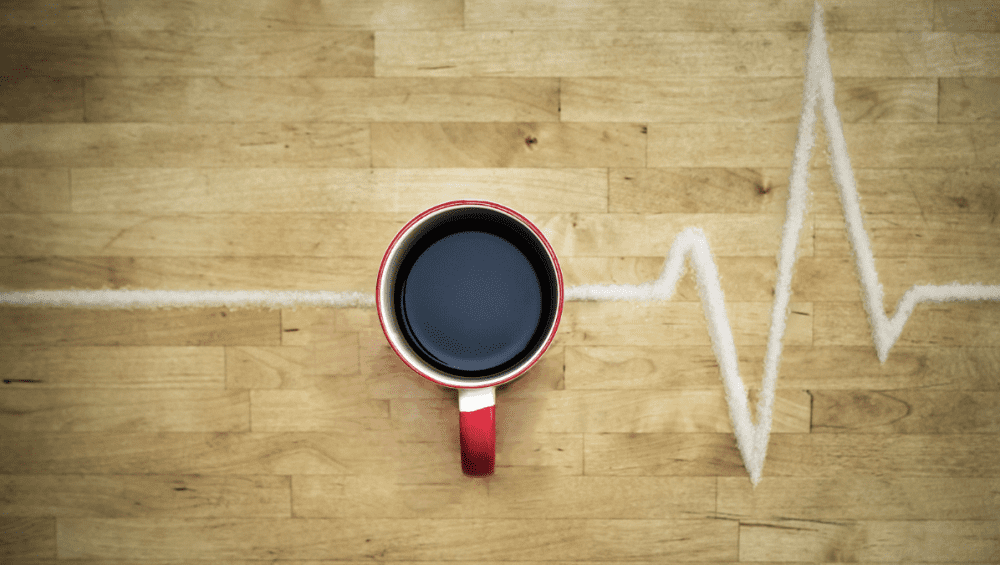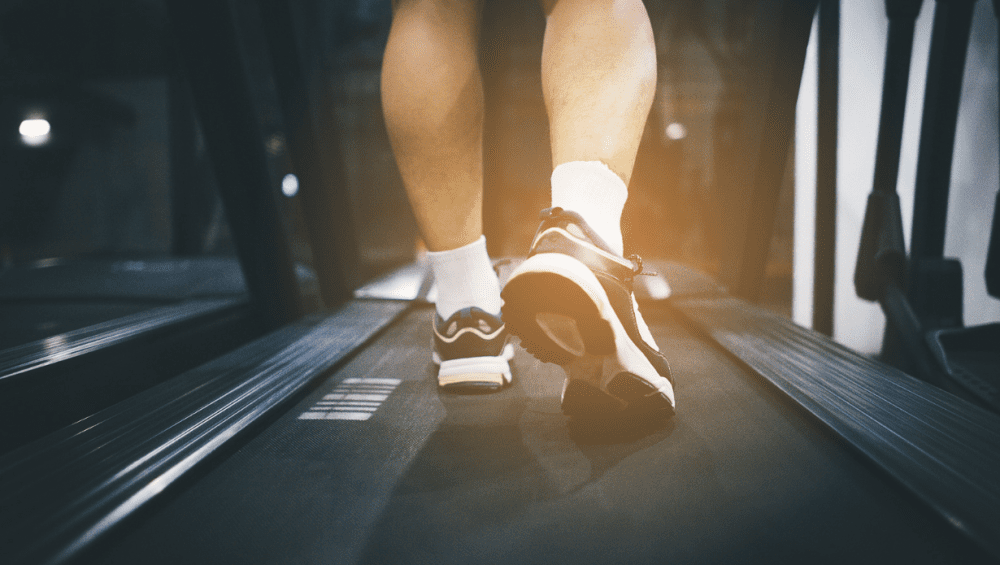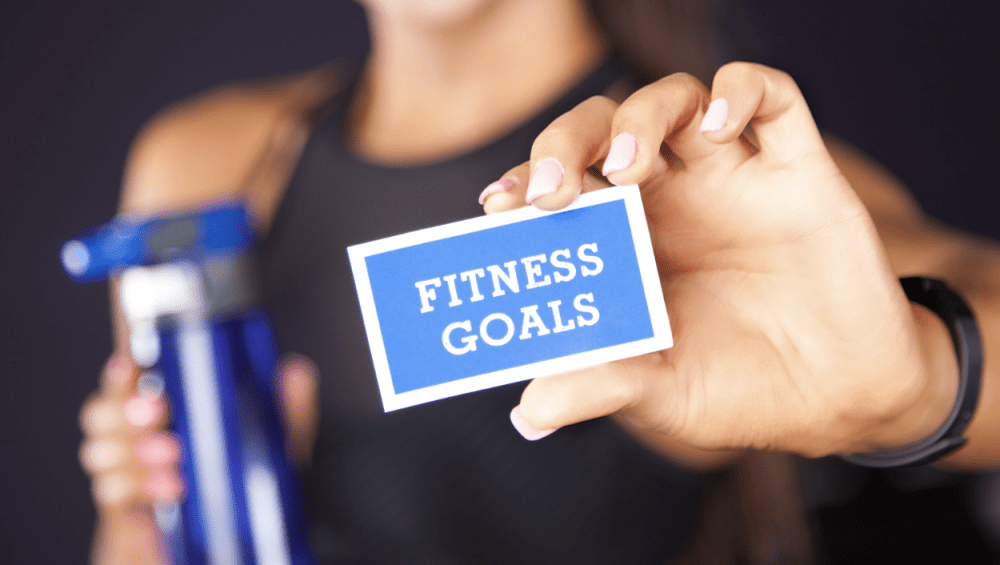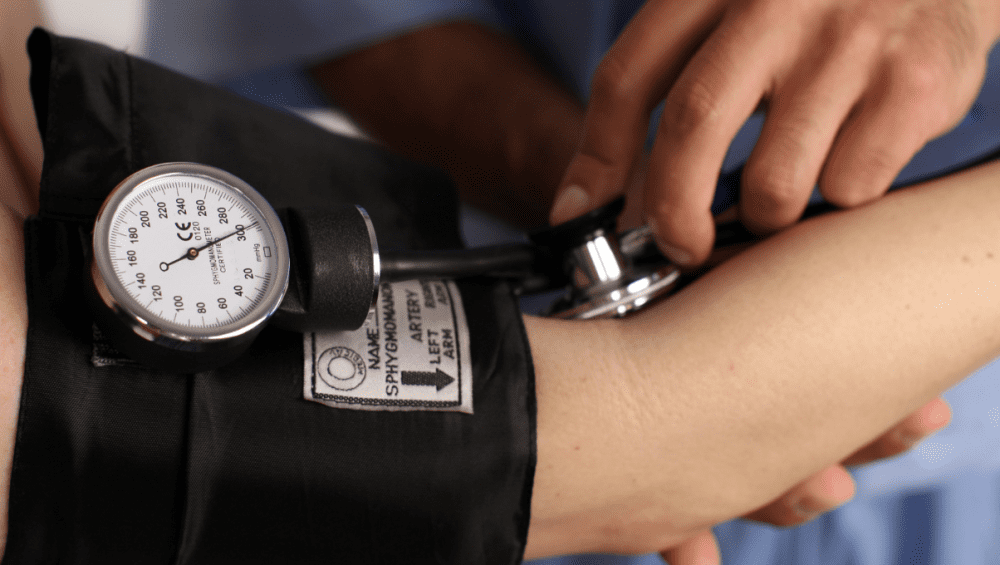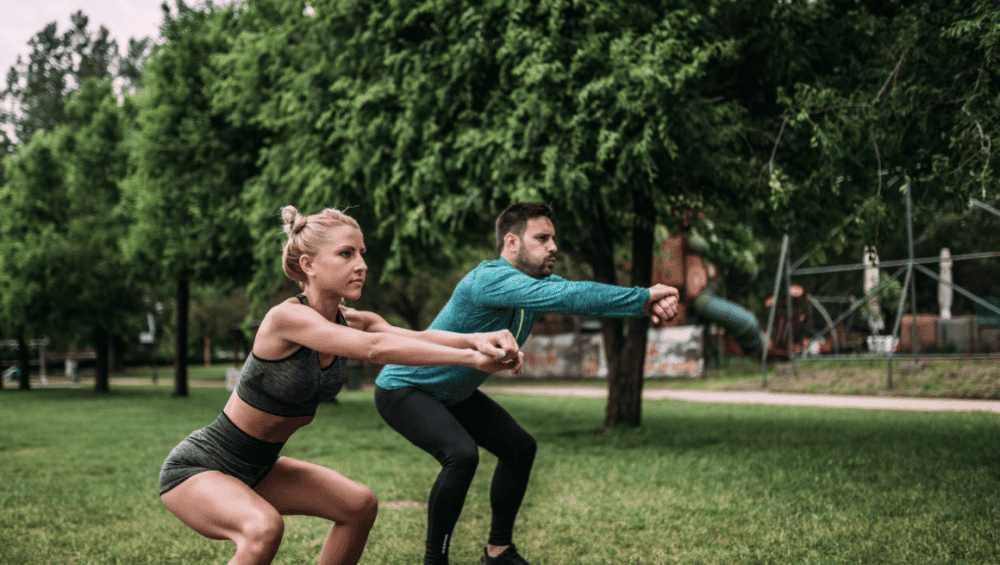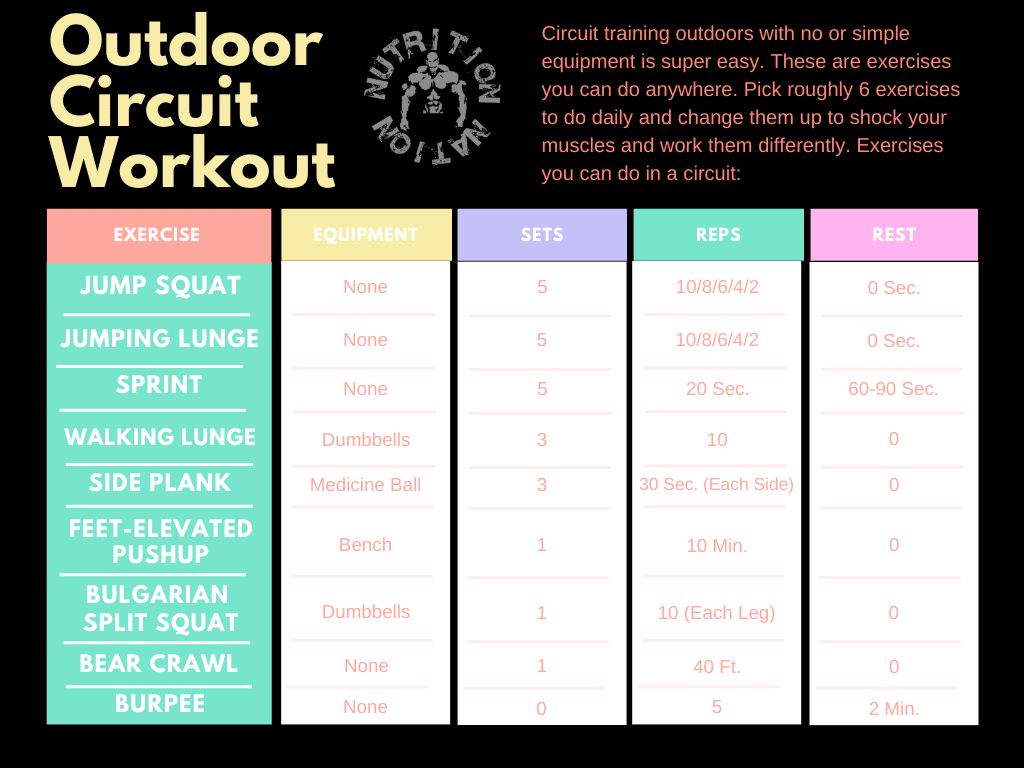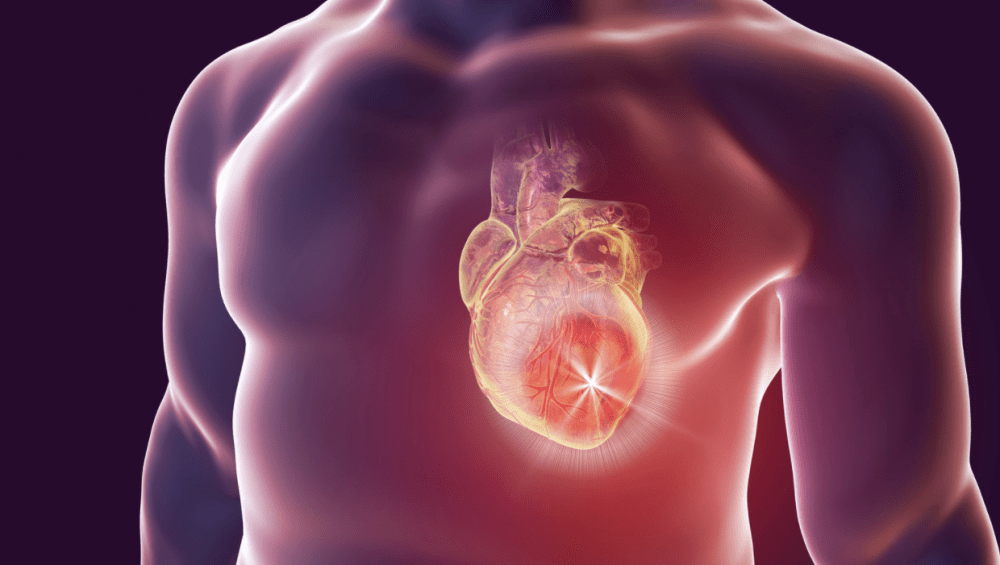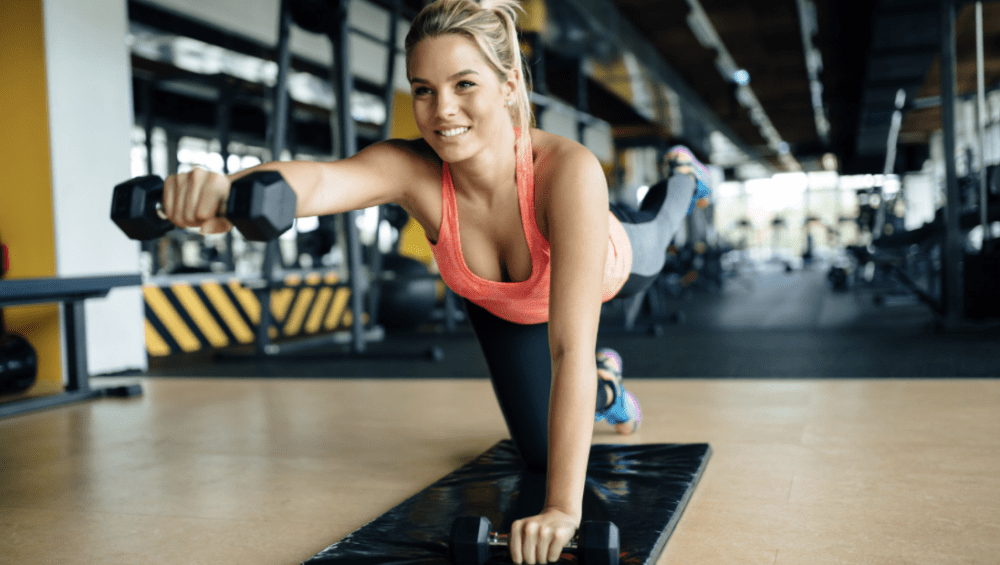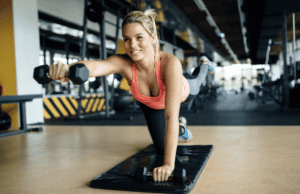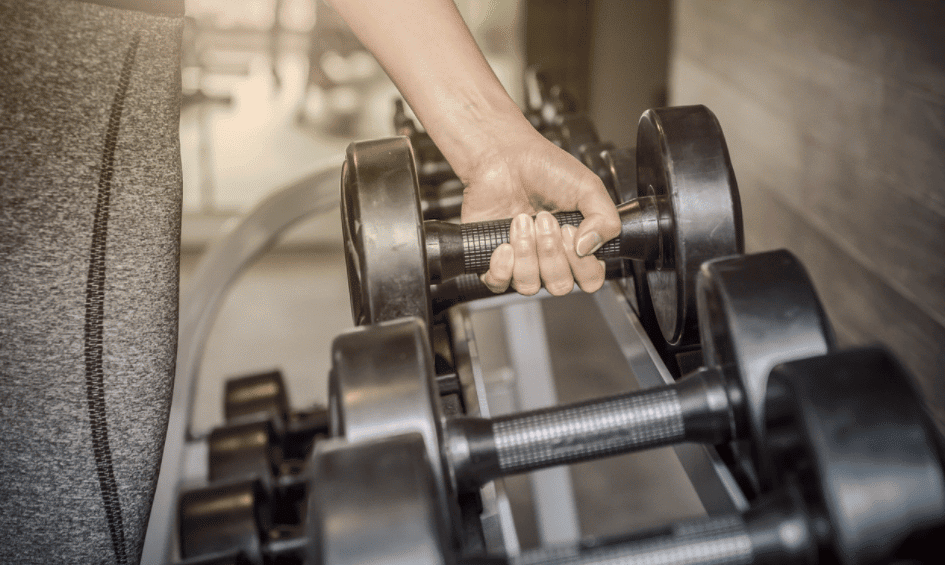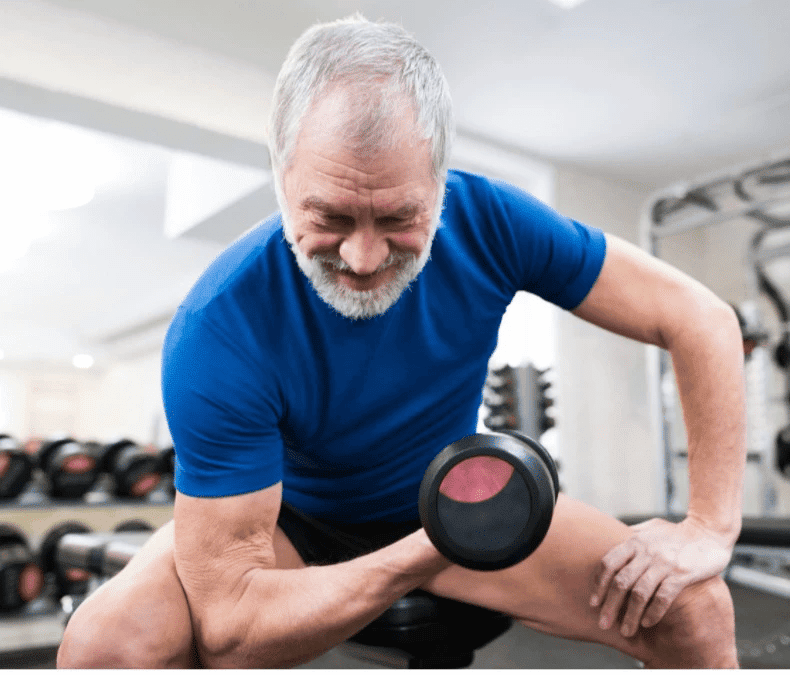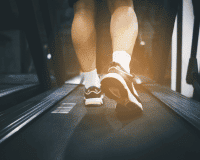Does Caffeine Really Improve Your Workouts?
Does Caffeine Really Improve Your Workouts?
Looking to bring your A-game every time you hit the gym? Caffeine may help.
Caffeine makes it easier to exercise more intensely while feeling less pain and exhaustion; something coaches of elite athletes have known for a long time. Taking a caffeine supplement before a training session or competition improves performance.
How Does Caffeine Work In The Body During A Workout?
The main physiological effects of caffeine include an increase in alertness and stimulation, which can make exercise seem less unpleasant. It might also encourage the muscles to burn more fat.
How does that work? When glycogen reserves are depleted, muscles become weaker and less effective, which causes exhaustion. Muscles need glycogen, a stored form of glucose, for energy. However, when muscles may burn fat, they are less susceptible to fatigue. Caffeine can cause muscles to burn fat more quickly, preserving glycogen reserves and extending the amount of time that muscles can function before becoming exhausted. This results in a more prolonged and comfortable workout. Additionally, some studies think that caffeine may affect muscles directly by increasing their capacity to generate power.
Stimulating Effects
Caffeine may take some time to take effect, though. Since muscles first switch to glycogen during longer endurance exercise sessions rather than shorter ones, the advantages are more visible. The majority of research has looked at caffeine’s impact on muscles after roughly two hours, but it is still unclear how long you need to exercise for caffeine to switch your body over to burning fat. The stimulating effects of caffeine peak an hour or so after consumption and can linger for three to six hours.
How Much Caffeine Do You Need To Consume?
The amount of coffee required to reap the rewards of exercise is unknown. Up until recently, it was believed that habitual coffee consumers would require an additional cup to reap the advantages of exercise since the body might develop a tolerance to caffeine. However, in a recent study by Brazilian researchers, even regular caffeine consumers—including those who consumed about three cups of coffee per day—were able to pedal more quickly and for a longer period of time on a stationary bike after taking a caffeine pill that had the same amount of caffeine as four cups of coffee than when they hadn’t.
According to these studies, if added properly, caffeine may be a useful complement to a fitness plan. Exercise professionals advise consuming a cup of coffee about an hour before doing out to see if the buzz makes it easier and less exhausting.
Sports Supplements
Nutrition Nation carries sports supplements that contain caffeine that will help you achieve greatness. Stop by and talk to one of our nutrition experts to get the lowdown.

